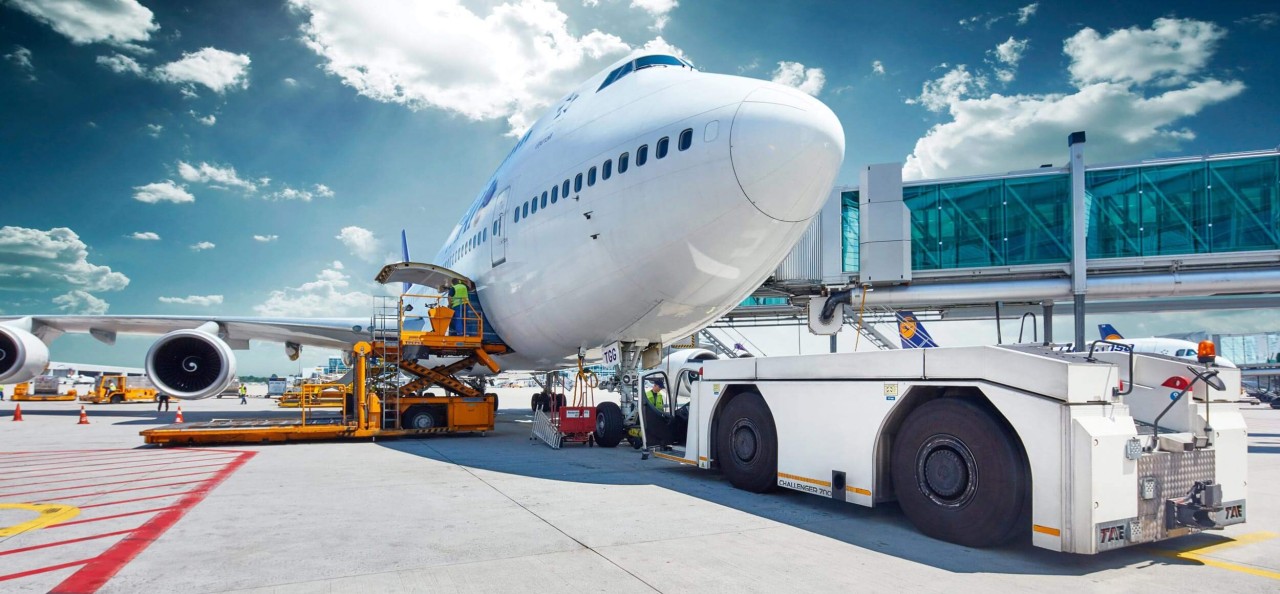Airports are seeing more people fly than before, and flight plans are getting harder to manage, so they need to improve their equipment. Flying is becoming more common in every field. To handle this, airports need to find new ways to do things by improving their equipment. The successful integration of new technology directly impacts operational efficiency throughout the entire airport ecosystem.
Making Things Safer with New Equipment
Advanced security equipment represents a crucial component of modern airport operations. The latest scanning systems incorporate sophisticated threat detection algorithms for instantaneous identification of potential risks. Revolutionary X-ray machines drastically increase baggage processing capacity through enhanced imaging capabilities. State-of-the-art simulation technology provides security personnel with immersive training experiences for maximum preparedness.
The latest generation of full-body scanners completes passenger screening within an impressive ten-second window. Streamlined scanning procedures maintain continuous passenger flow through security checkpoints without creating bottlenecks. The remarkable processing speed allows security staff to screen substantially more travelers per hour than previous systems. Modern airports experience dramatically reduced security wait times through these technological improvements.
Ground Support Equipment Modernization
Forward-thinking airports embrace environmentally conscious ground support equipment through widespread electrification. Electric aircraft tugs demonstrate remarkable emission reductions compared to conventional diesel models. Battery-powered baggage handling equipment creates significantly quieter operating environments around terminal buildings. The transition toward sustainable vehicle fleets improves air quality throughout airport grounds. Automated guided vehicles revolutionize inter-terminal baggage transport through autonomous operation. The sophisticated navigation systems follow optimized routes with exceptional precision. Advanced obstacle detection prevents potential collisions through continuous environmental monitoring. The reliable automated system maintains constant operation without human intervention.
Modern fuel delivery trucks feature precise digital metering systems for accurate fuel dispensing. Advanced electronic monitoring provides real-time consumption data, enhancing inventory management and reducing waste through efficient distribution. Optimized delivery processes help lower operating costs while improving overall efficiency. Meanwhile, electric pushback tractors are shaping the future of aircraft ground handling. The zero-emission vehicles eliminate harmful exhaust production during critical ground movements. Whisper-quiet electric motors create minimal noise pollution compared to traditional equipment. The simplified electric powertrains require substantially less maintenance than conventional diesel engines.
Passenger Flow Management
Innovative boarding gate designs incorporate cutting-edge technology for improved efficiency. Advanced biometric systems verify passenger identity through rapid facial recognition scanning. Large digital displays provide real-time updates about boarding status and seat assignments. The modernized gate areas streamline the entire boarding process through intelligent automation. Sophisticated queue management systems utilize artificial intelligence for optimal passenger flow. Predictive analytics identify potential congestion points before actual bottlenecks develop. The system automatically alerts staff members about emerging crowd management issues. Proactive notification allows personnel to implement preventive measures before problems escalate.
Feature-rich mobile applications provide personalized navigation assistance throughout terminal buildings. Interactive maps display step-by-step directions to gates, restaurants, and amenities. Real-time updates about security checkpoint wait times help travelers plan efficient routes. The comprehensive apps empower passengers to make informed decisions about their airport experience. Dynamic digital wayfinding displays adapt to changing conditions throughout the terminal. The intelligent system updates gate assignments and flight information in real time. Interactive screens calculate accurate walking times between various airport locations. Clear directional guidance helps passengers navigate efficiently to their destinations.
Terminal Infrastructure Updates
Progressive terminal designs utilize intelligent building management systems. These systems help control everything for the most optimal operation. For example, advanced LED lights adjust their output based on how much natural light is present. Also, smart climate control keeps the temperature just right and uses as little energy as possible. To make the environment even better, the environmental sensors keep an eye on air quality all day in every location inside the building. State-of-the-art ventilation equipment maintains exceptional air quality through advanced filtration technology. The sophisticated system automatically adjusts airflow based on current occupancy levels. Intelligent controls optimize fresh air distribution throughout different terminal zones. Modern ventilation designs create comfortable environments while maximizing energy efficiency.
Enhanced electrical infrastructure supports expanding power requirements through strategic upgrades. Convenient charging stations throughout the terminal meet growing passenger demands. Intelligent power distribution systems optimize electricity delivery to various airport systems. The modernized infrastructure easily accommodates future technological additions. Flexible terminal designs facilitate rapid reconfigurations through modular construction techniques. The adaptable infrastructure allows quick modifications to meet changing operational requirements. Strategic planning enables seamless expansion capabilities for future growth. Modern terminal designs maximize functional space utilization through intelligent layout optimization.
Conclusion
Strategic equipment upgrades fundamentally transform airport operations through enhanced efficiency. The comprehensive modernization efforts deliver substantial benefits across the entire aviation ecosystem. Progressive airports create superior passenger experiences through technological innovation. Forward-thinking equipment investments position airports for continued operational excellence. The aviation industry maintains steady advancement through continuous technological evolution. Future developments promise even greater improvements to airport operations worldwide.

